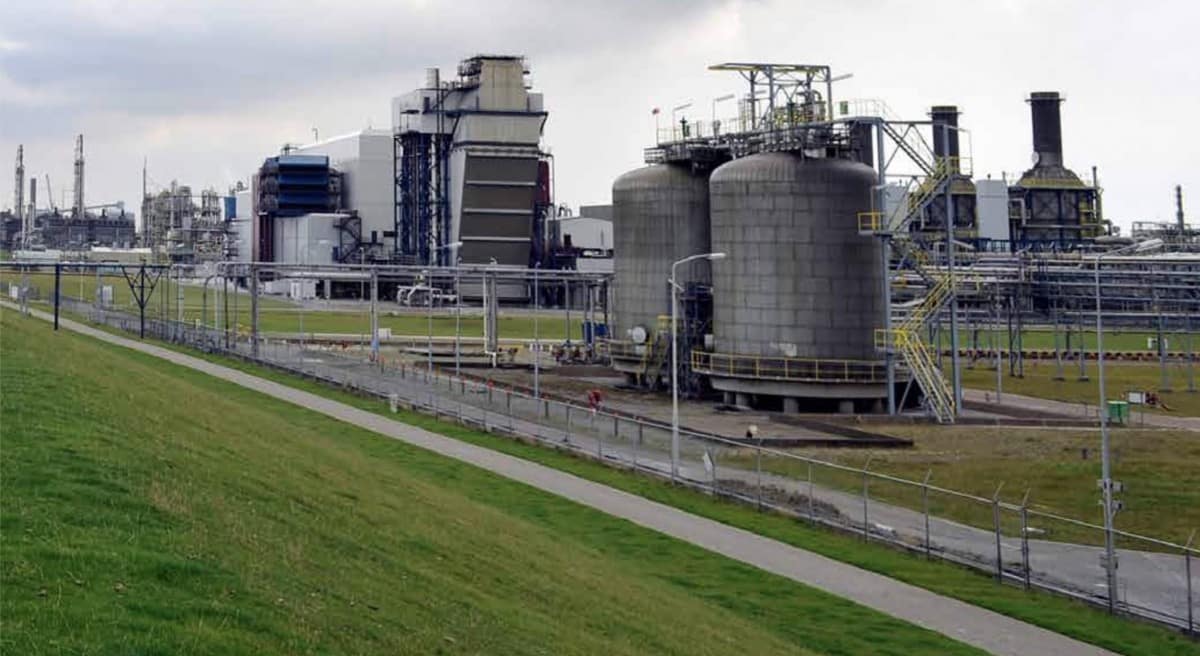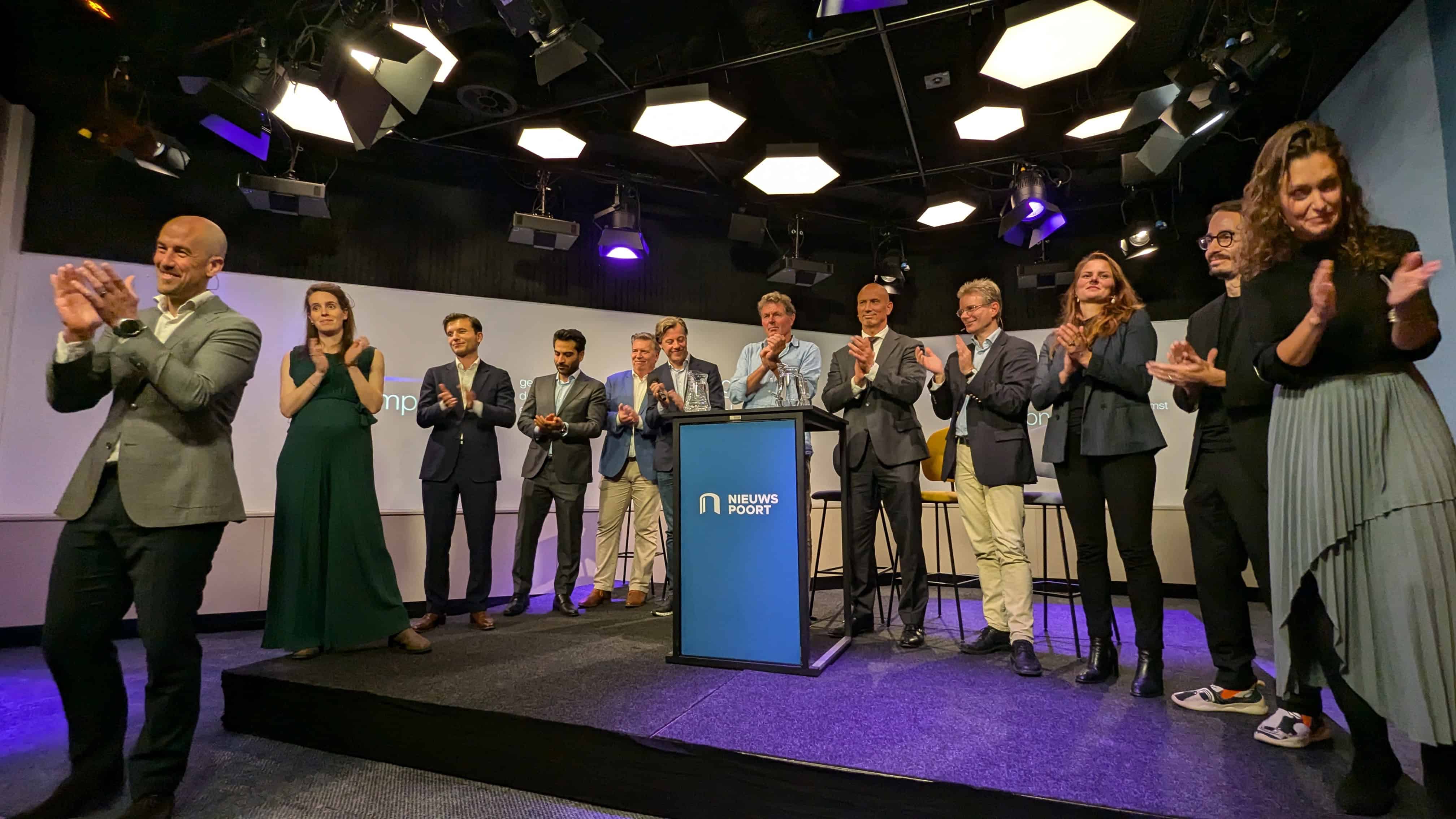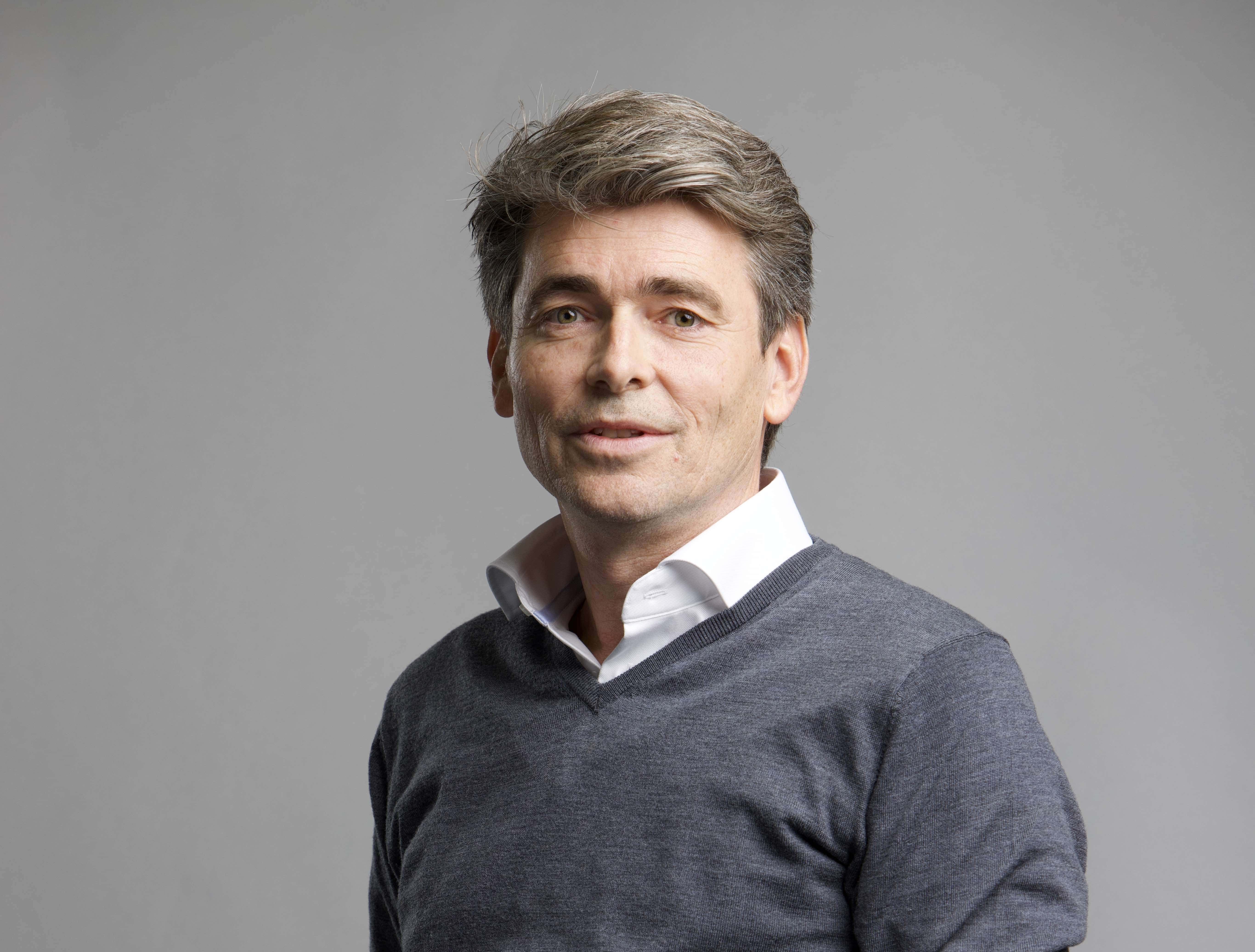
Over the next twelve years, governments and companies in the Northern Netherlands intend to invest 2.8 billion euros in the large-scale use of sustainably generated hydrogen. This is stated in the ‘Investment agenda hydrogen Noord-Nederland‘, published by the provinces of Groningen and Drenthe, as well as 17 other organisations. To realise these investments, the initiators ask the national government to finance “part of the unprofitable top” of hydrogen production. “Without this cover, investments will not get underway. We, therefore, ask the government to set up an operating subsidy for hydrogen production. This has a positive effect on green chemistry and employment.”
According to the initiators, emission-free (green) hydrogen can play an important role in making the industry more sustainable, as a clean alternative to fossil fuels. Hydrogen can also be used as an ‘energy carrier’, for example in transport, as is currently the case with the two hydrogen buses that run in Groningen, or as a ‘battery’ to absorb fluctuations in the supply of sustainable energy from wind and sun.
[learn_more caption=”What is hydrogen?”] Hydrogen only occurs on earth as a compound, mainly in water, but also in fossil fuels. Hydrogen can be produced in different ways; currently mainly from fossil sources (grey hydrogen). For a CO2-neutral energy system, it is important to produce hydrogen emission-free.
Hydrogen produced by electrolysis with green electricity or from biomass is often called green hydrogen. Blue hydrogen refers to hydrogen produced from fossil fuels in combination with CO2 capture and storage. Blue hydrogen production can take place on a larger scale, as a transition, but is less modular than the production of green hydrogen. Equinor and Shell, among others, are looking at the possibilities of producing blue hydrogen.
For the production of green hydrogen, it is important that sufficient sustainably generated electricity is available. An important source of this is the planned developments for the expansion of offshore wind energy. The industry’s route in the Eems Delta to a negative CO2 balance in 2050 shows that, in addition to biomass (as fuel, but also as raw material), 7 GW of wind energy is needed for this alone. In addition, sufficient (pure) water must be available for electrolysis.[/learn_more]
Hydrogen seems particularly interesting for industry. For the time being, there is much doubt about the use of hydrogen for consumers. Learn more about the opportunities of hydrogen here.
Scaling up

In order to ensure that emission-free hydrogen will soon be available to a large extent and can actually compete with fossil fuels, economies of scale will be needed in the coming years. With the investment agenda, the northern governments and companies want to achieve this increase in scale. They expect to be able to produce, use and transport emission-free hydrogen on a large scale and profitably by 2030.
Hydrogen economy
The Northern Netherlands has plenty of opportunities to develop into a green hydrogen economy, the nineteen parties involved in the initiative write in the plan. “There is a great deal of knowledge and with the wind and solar farms, the region can provide the sustainable energy needed for the large-scale production of green hydrogen.” There are also large potential industrial customers in the North: in Eemshaven, Delfzijl and Emmen.
Green industry
The report states that the Northern Netherlands wants to use its investment agenda to build the green industry of the future. “Hydrogen has a crucial role to play in this transition, both as an energy carrier and as a raw material. The green industry creates and retains jobs, ensures that our knowledge position is maintained and makes a concrete contribution to the Netherlands’ climate objectives for 2030.”









